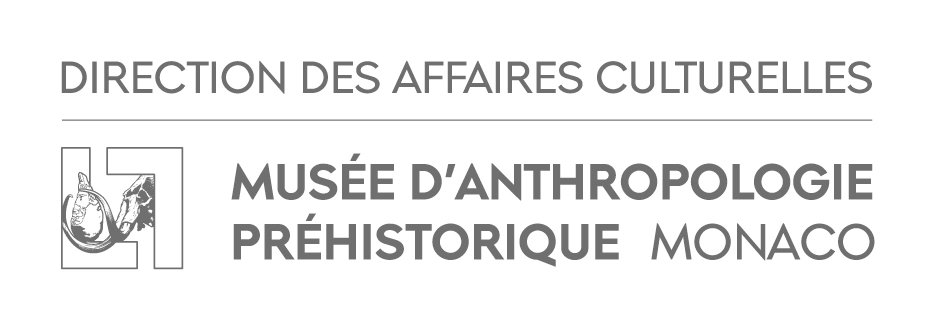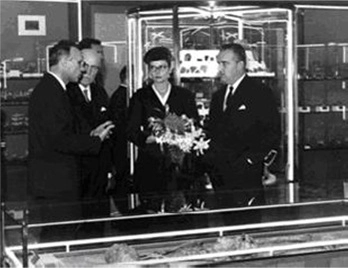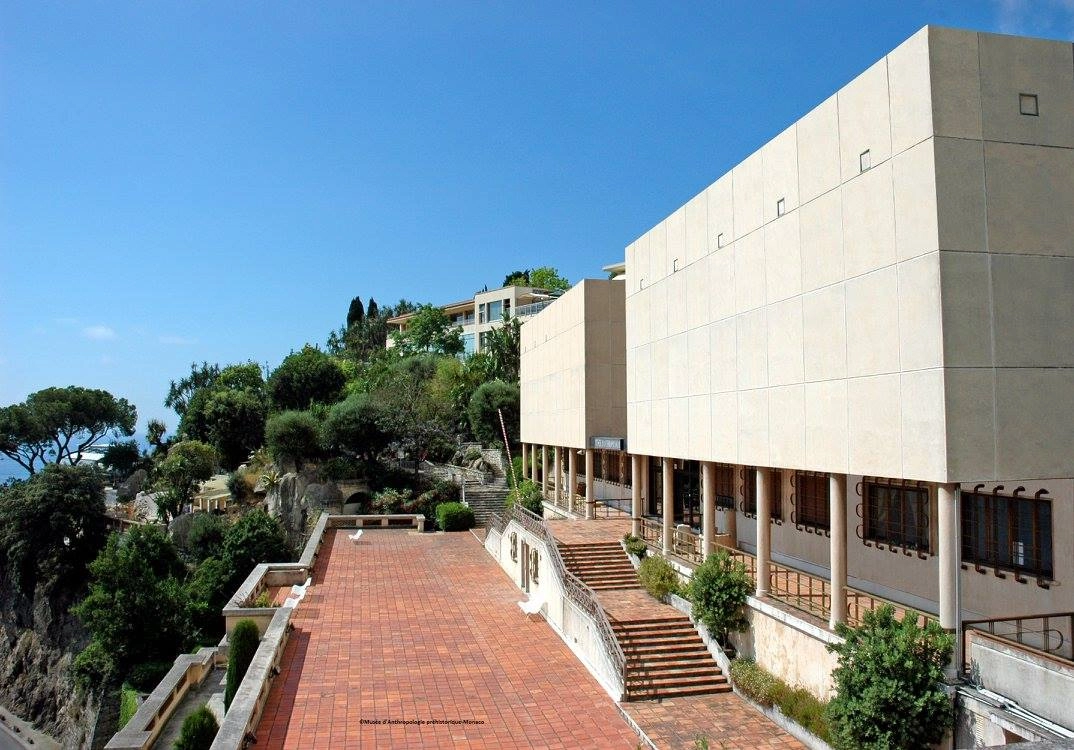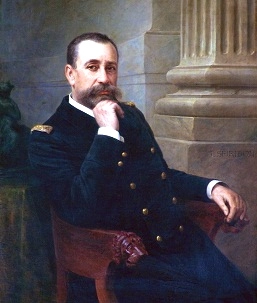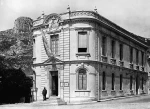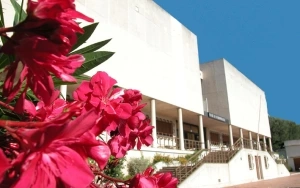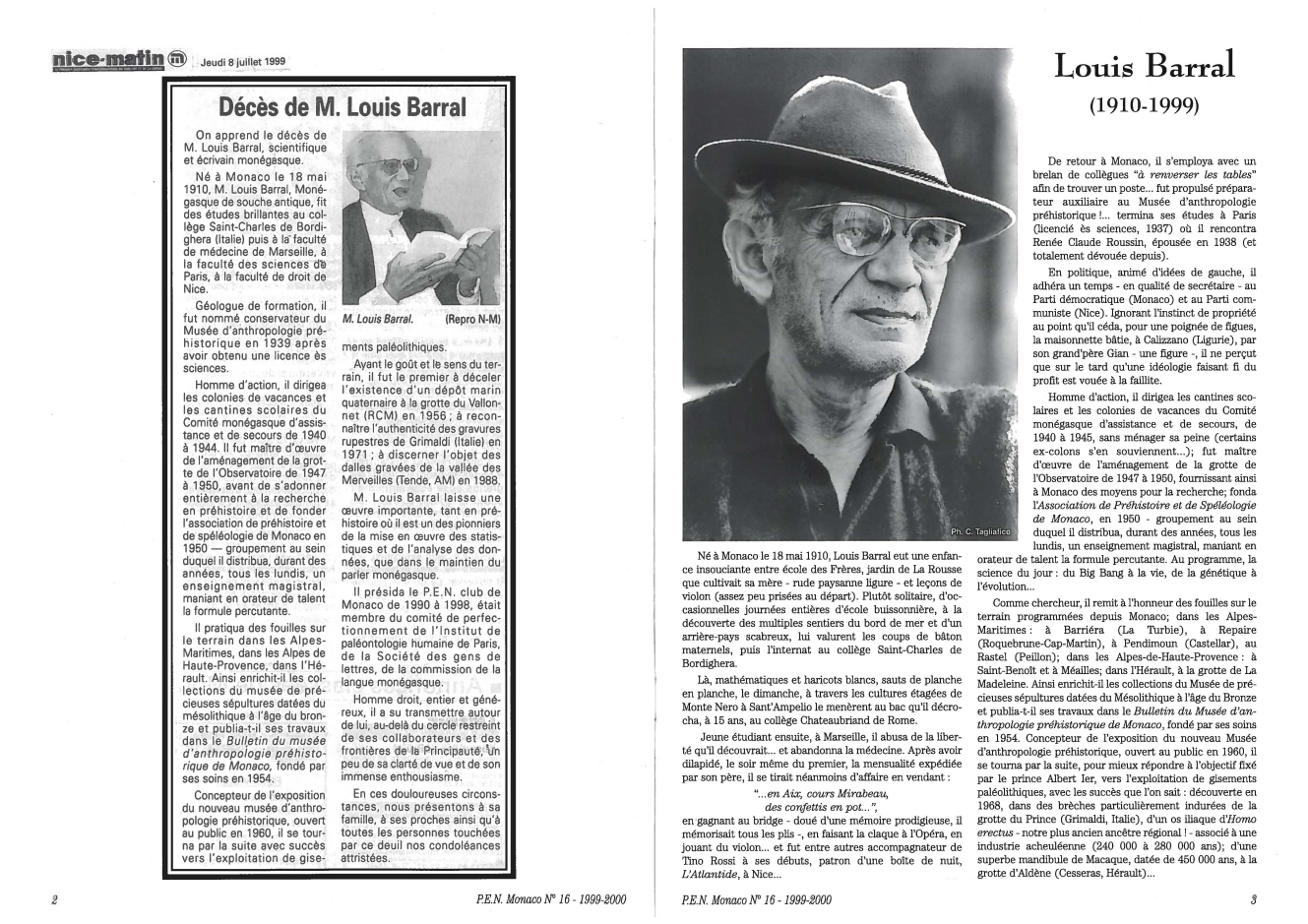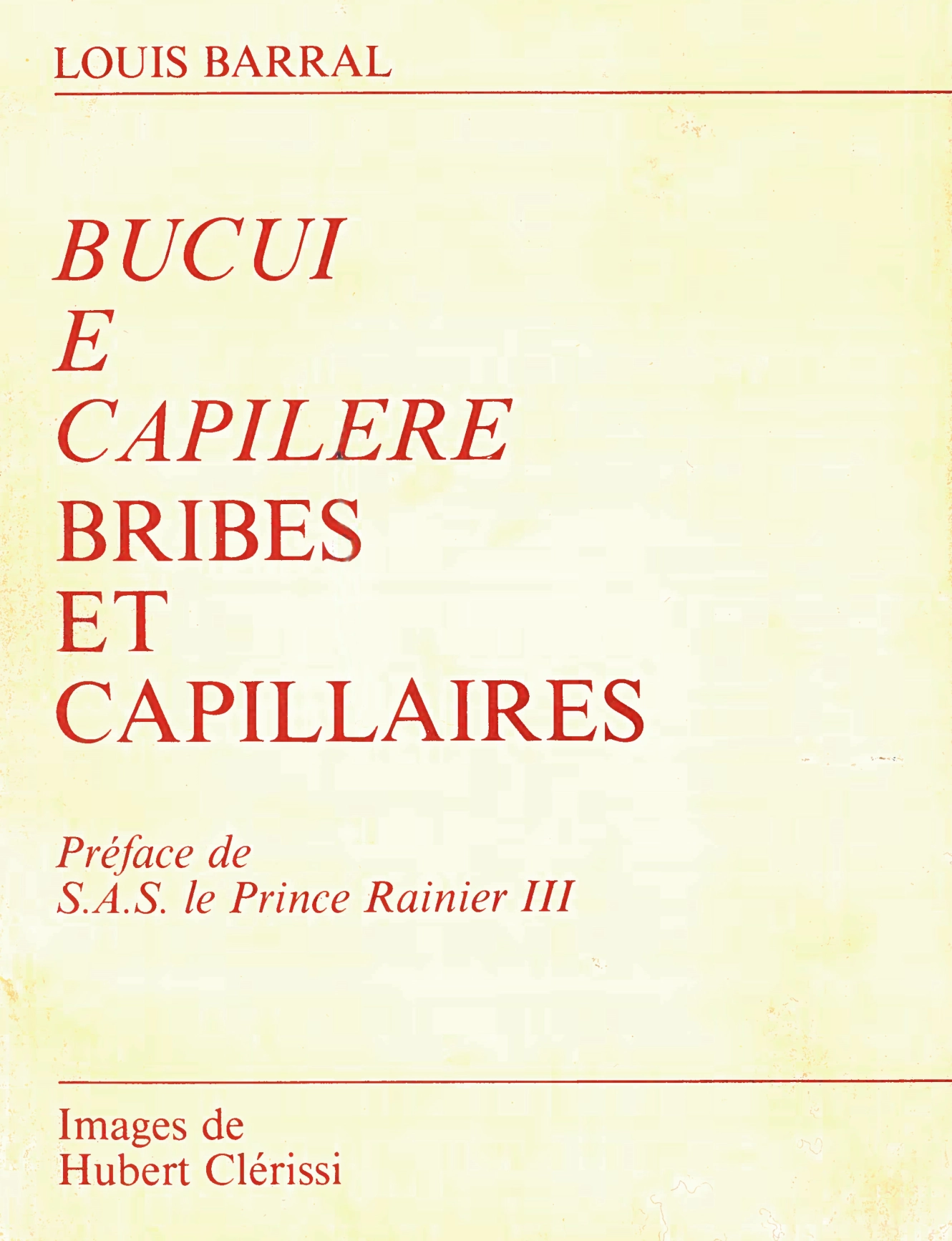
About the Museum
The Museum of Prehistoric Anthropology was founded by Prince Albert I in 1902 “to preserve the remains of primitive humanity unearthed from the soil of the Principality and neighboring regions.” It was relocated within the Exotic Garden by Prince Rainier III in 1959. This new site museum building was designed by Monegasque architect Louis Rué.
The collections on display allow us to retrace, through glacial and interglacial periods, the major stages of human evolution. They show us that over a million years ago, the Côte d’Azur was already a favored habitat for our distant ancestors.
As a research institute, the Museum conducts field excavations, laboratory studies, and publishes an annual scientific bulletin, along with exhibitions and outreach activities.
The Museum’s team is supported by an international scientific committee and numerous regional and international partners.
The Museum of Prehistoric Anthropology is funded by the Prince’s Government, with its administrative oversight for culture provided by the Directorate of Cultural Affairs.
The Museum
Prince Albert I of Monaco, a scientist and enlightened patron, founded the Museum of Prehistoric Anthropology of Monaco in 1902. Originally located on the Rock of Monaco, the museum demonstrated a desire to safeguard and promote heritage. It housed the many remains uncovered by Canon Léonce de Villeneuve in the Grimaldi caves (1895–1902) and in the Observatory Cave (1916–1920), alongside various donations.
Inauguration of the new Museum of Prehistoric Anthropology of Monaco by Prince Rainier III and Princess Grace of Monaco, on November 21, 1960.
Since then, successive museum teams have enthusiastically followed in the scientific footsteps of the scholar-prince, and the institution’s holdings have steadily grown. In the 1950s, Prince Rainier III gave the museum its greatest gift: relocating it near the Observatory Cave within the Exotic Garden. Louis Barral, then curator of the M.A.P., developed the site and access to the remarkable chambers of the cave.
Visiting the cave reveals a major prehistoric site inhabited over a period of 400,000 years by various groups of prehistoric hunter-gatherers (Homo erectus, Homo neanderthalensis, Homo sapiens).
More than a century after its founding, the Museum continues to conduct archaeological excavations and research. With great pride, it continues to display artifacts from the earliest inhabitants of the Principality. From Africa to Monaco, from the earliest times to Antiquity, archaeological objects reveal secrets millennia old: sediments over 200,000 years old show evidence of ancient occupations, animal remains reveal climate conditions (cold/warm fauna) and landscapes, and tools reflect human adaptation.
Exploring the relationship between humans and climate change, and humanity's place in the environment and history, remains essential. Through its exhibitions, the Museum invites visitors on a journey through space and time, tracing the regional prehistory and the evolution of humanity.
History of the Museum
After the long excavation campaign in the Grimaldi caves (1895–1902), ordered and funded by Prince Albert I, it became essential to preserve and showcase all the recovered materials in one location, “...to preserve the remains of primitive humanity unearthed from the soil of the Principality and neighboring regions...”.
In 1902, Prince Albert I chose the former Government Hotel as the Museum’s first site. The first director appointed was Canon Léonce de Villeneuve.
Thus, the first Museum of Anthropology was located on the Rock. Most of the collections came from the Grimaldi cave excavations and were displayed in a room on the first floor. The material was studied and classified by renowned specialists: Marcellin Boule, Professor of Paleontology at the Muséum national d’Histoire naturelle in Paris, identified the bone remains; Emile Cartailhac and Léonce de Villeneuve contextualized the lithic industry; and R. Verneau, assisted by F. Lorenzi, studied the burials from the Cave of the Children.
On the ground floor, a small room displayed Gallo-Roman antiquities found in Monaco and the surrounding area. A few years later, two additional rooms were added to showcase the remarkable collection from the Observatory Cave (excavations 1916–1920, Monaco) and the ethnological series from the pre-Hispanic necropolis of Calama in Chile (a donation from Count Sénéchal de Lagrange).
In 1960, a new building within the Exotic Garden became home to the Museum of Prehistoric Anthropology. Scientific research and archaeological excavations carried out by successive museum teams (L. Barral, S. Simone) further enriched the institution’s holdings.
The Museum team carries out excavations, laboratory studies, and publishes scientific articles, alongside organizing exhibitions and outreach activities. It welcomes interns and students (upon selection) through academic agreements.
Its specialized library promotes exchanges with 270 partner museums and scientific institutions worldwide. A scientific bulletin has been published annually since 1954 and can be pre-ordered (limited copies available).
The Museum creates thematic exhibitions based on its original, rich, and varied collections. Some exhibitions are available for loan or rent.
Tribute to Louis Barral
A bit of reading: discover Louis Barral with “Bucui e capilere ou Bribes et capillaires” — see the downloadable file below. All rights reserved.
